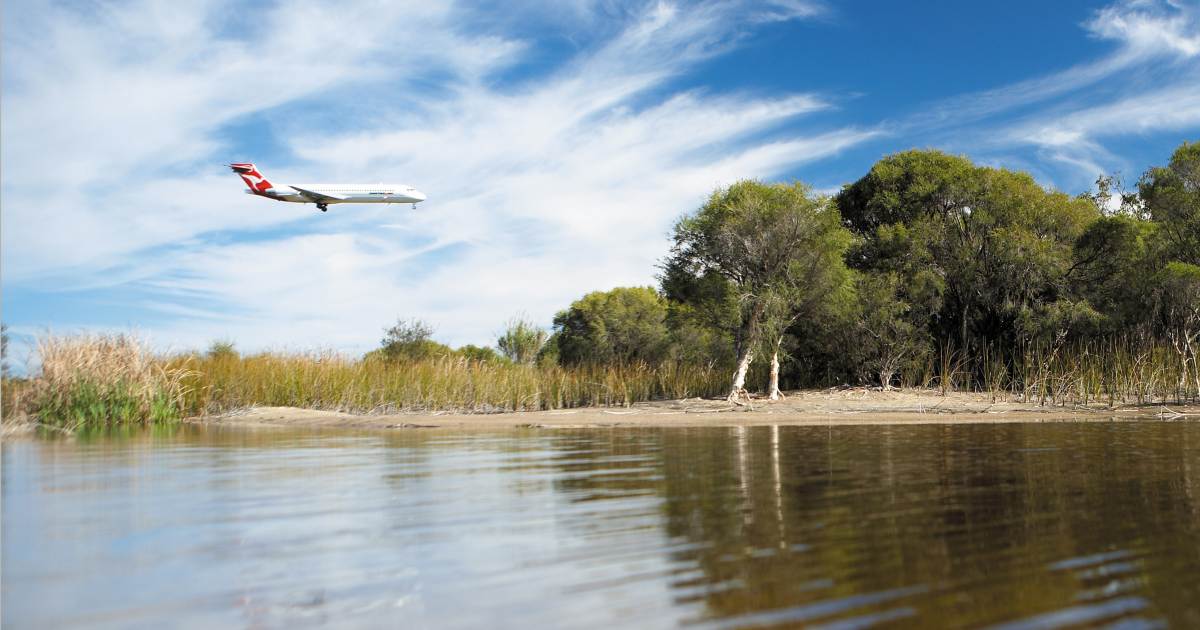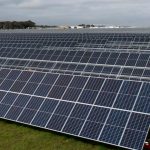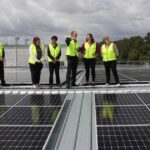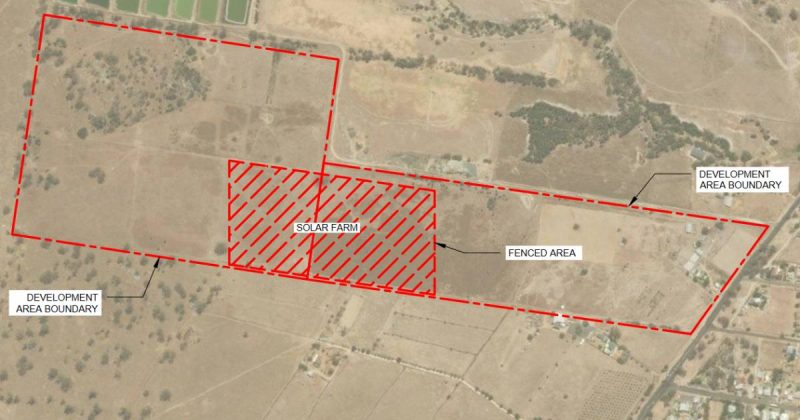Perth Airport Targeting Carbon Neutrality By 2030


Perth Airport believes it can achieve 50 per cent renewable energy across its huge estate by 2030, and be carbon neutral by the same year.
Perth Airport’s estate covers around 2,100 hectares and includes Munday Swamp, part of which is pictured above. It’s a very busy airport – while it only saw 5.2 million passengers during the financial year to date thanks to the dreaded lurgy, in 2019/20 it welcomed close to 11.7 million passengers and in 2108/19, 14.5 million.
The PAPL estate is a large energy consumer, from electricity used for lighting, heating and cooling of buildings through to fuel for vehicles.
Yesterday, Perth Airport announced a new Environment, Social, People and Governance (ESPG) Strategy that contains the carbon neutral commitment, covering Scope 1 (direct emissions from sources it owns or controls) and Scope 2 (indirect emissions associated with generation of energy purchased).
“Climate change is a global challenge which requires us all to act,” said CEO Kevin Brown. “We all need to be a part of the solution and we are already laying the groundwork that will set us on the path toward our own operations becoming carbon neutral by 2030″.
With regard to the 50 per cent renewable energy by 2030 goal, the announcement mentions a mix of energy efficiency measures, two to three large scale on-site renewable energy projects and also potentially off-site projects.
The nature of the renewable energy projects is a bit of a mystery at this point. Perhaps the organisation isn’t sure yet, but it’s safe to assume one or all of the on-site projects will involve solar power.
Perth Airport A Potential Rooftop Solar Wonderland
Some scoping work has already been done for the airport courtesy of a study out of RMIT University back in March that delved into potential energy production of the 21 Leased Federal Airports (LFAs) in Australia.
The RMIT researchers said Perth Airport has the highest estimates for solar PV-based electricity production of all LFAs.
According to the researchers, it has approximately 951,543.35 m2 of rooftop area capable of hosting 482,159.40 m2 of solar panels. This, they say, could generate approximately 92.67 gigawatt-hours of clean electricity annually. While I wasn’t able to determine what the airport estate chews through a year, that’s equivalent to the electricity consumed by around 18,500 Australian households annually, give or take.
It’s not clear if the researchers took into account some of the rooftops may be “slender roofs” – that is, built to minimum specifications and not suitable for having panels installed on them.
That aside, going big on commercial solar power would also be in harmony with the airport’s commitment to ‘no net loss of biodiversity’ for its aviation and development projects1 by utilising platforms for solar panels already in place (rooftops) – and solar energy would also save a bundle of bucks on electricity costs.
Under the new ESPG strategy, the airport has also committed to deliver by 2030:
- major reductions in waste, with a cut of 20 per cent in waste to landfill.
- an increase in recycling of 75 per cent.
- ensuring its mains water use remains below 2019 levels.
More on Perth Airport’s Environment, Social, People and Governance Strategy can be found here.
Original Source: https://www.solarquotes.com.au/blog/perth-airport-renewables-mb2038/


















